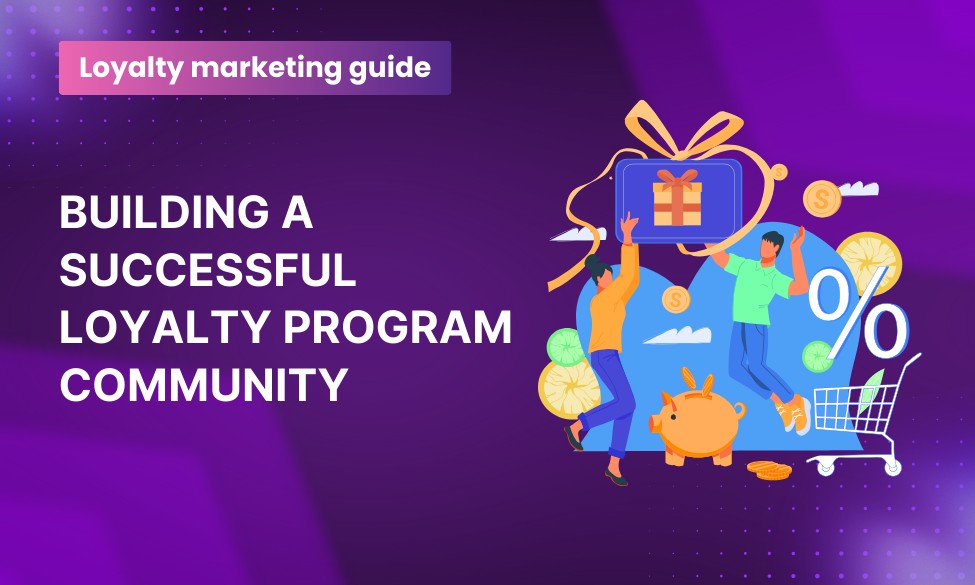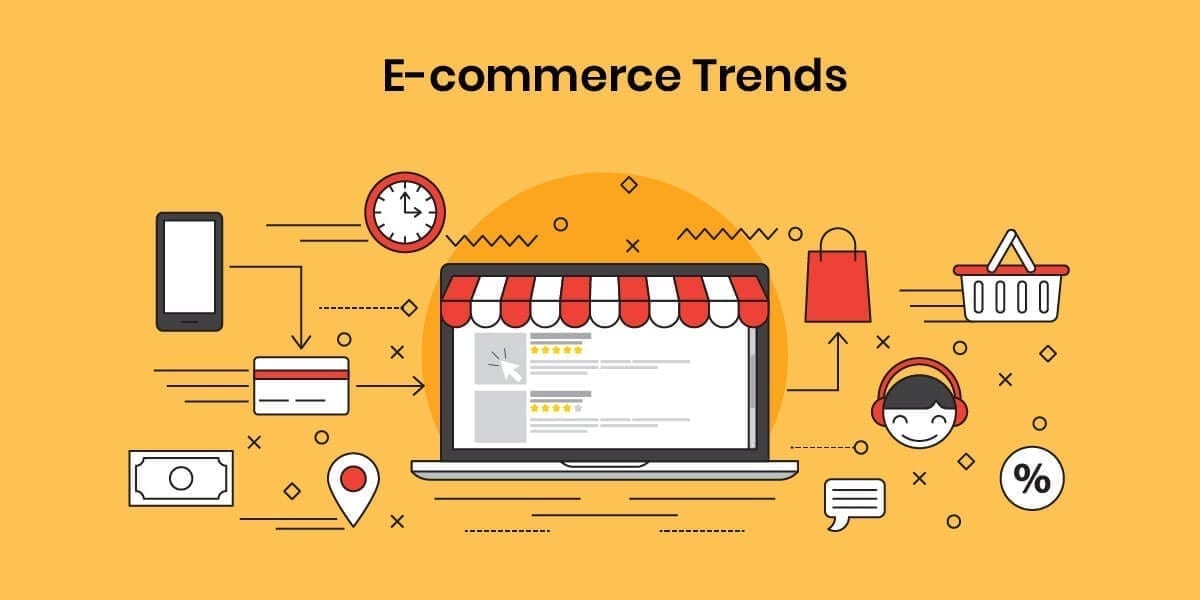Building a loyal customer community is one of the most valuable investments a business can make. In a marketplace overflowing with choices, where competitors are only a click away, customer loyalty is no longer simply about providing a good product or service. It’s about fostering a sense of belonging, trust, and connection that turns casual buyers into devoted brand advocates. This transformation doesn’t happen overnight, but with deliberate effort and genuine engagement, businesses can create communities that thrive far beyond individual transactions.
The foundation of any loyal community begins with trust. Customers need to feel that a brand consistently delivers on its promises, stands by its values, and genuinely cares about their experience. Trust, however, isn’t built through marketing slogans or flashy advertising. It’s earned over time through consistent actions—delivering quality, resolving issues promptly, and communicating honestly. When a customer sees a brand handle a mistake with grace and responsibility, for instance, it often builds more loyalty than if everything had gone perfectly.
Equally important is authenticity. In today’s digital age, customers are highly attuned to what’s real and what’s just a marketing ploy. They crave human connection, and they respond best to brands that show personality, humility, and a willingness to listen. Whether it’s responding to comments on social media or sharing behind-the-scenes glimpses of your business operations, small acts of authenticity go a long way. People like to support brands that feel accessible and real, not robotic or overly polished.
Creating a loyal community also means understanding your audience at a deeper level. It’s not enough to know your customers’ demographics—you need to understand their motivations, frustrations, and aspirations. This insight allows you to create meaningful interactions and content that resonates. A fitness brand, for example, might find that its most dedicated customers are not just interested in workouts, but in wellness, mental health, and motivation. By addressing these topics in blogs, videos, or events, the brand extends its relevance in ways that foster deeper connection.
Engagement is another critical pillar. A loyal community is not a passive one. It thrives on interaction, dialogue, and shared experiences. Hosting live Q&A sessions, creating forums for discussion, or encouraging user-generated content are all ways to invite participation. When customers feel that their voices are heard and that they can contribute to the brand’s story, they become emotionally invested. A sense of ownership emerges, and with it, loyalty.
But beyond digital spaces, offline efforts can be just as powerful. Local events, meetups, or even customer appreciation days can reinforce the human side of the brand. These experiences create memories and relationships that no email campaign can replicate. They signal to customers that they’re more than just numbers—they’re part of something larger. And when people feel they belong, they stay.
Another key factor is consistency. Brands that stay true to their identity and communicate consistently across every touchpoint tend to build stronger communities. Customers want to know what to expect. This doesn’t mean being boring or never evolving, but it does mean staying rooted in the values that initially attracted your audience. If a brand begins with a promise of sustainability, for instance, it must uphold that promise even as it grows. Customers notice inconsistencies, and nothing erodes loyalty faster than perceived hypocrisy.
In addition, rewarding loyalty—though not necessarily through discounts—is crucial. Recognition often matters more than rewards. A simple thank-you note, a spotlight on a long-time customer, or early access to new offerings can all convey appreciation. These gestures show that the brand sees and values its community members as individuals, not just buyers.
Perhaps most importantly, building a loyal customer community means playing the long game. Short-term gains may be tempting, but real loyalty is measured over months and years. It’s nurtured through regular, meaningful touchpoints and a commitment to putting the customer at the center of decision-making. Every choice, from product design to customer support policies, should reflect a mindset that values relationships over revenue.
One compelling example comes from the world of specialty coffee. Many independent coffee brands have built thriving communities not because they’re the cheapest or most widely available, but because they’ve created stories that people want to be part of. They highlight the farmers behind the beans, educate customers about brewing techniques, and foster a culture of curiosity and respect. In doing so, they turn a simple cup of coffee into a shared journey—and that’s what builds loyalty.
Ultimately, building a loyal customer community is about fostering real human connection. It’s about showing up consistently, listening actively, and treating customers as valued members of a shared mission. When done right, it creates a competitive edge that no discount can replicate. It turns customers into ambassadors and transactions into relationships. And in a world where trust is increasingly rare, that kind of loyalty is more powerful than ever.





